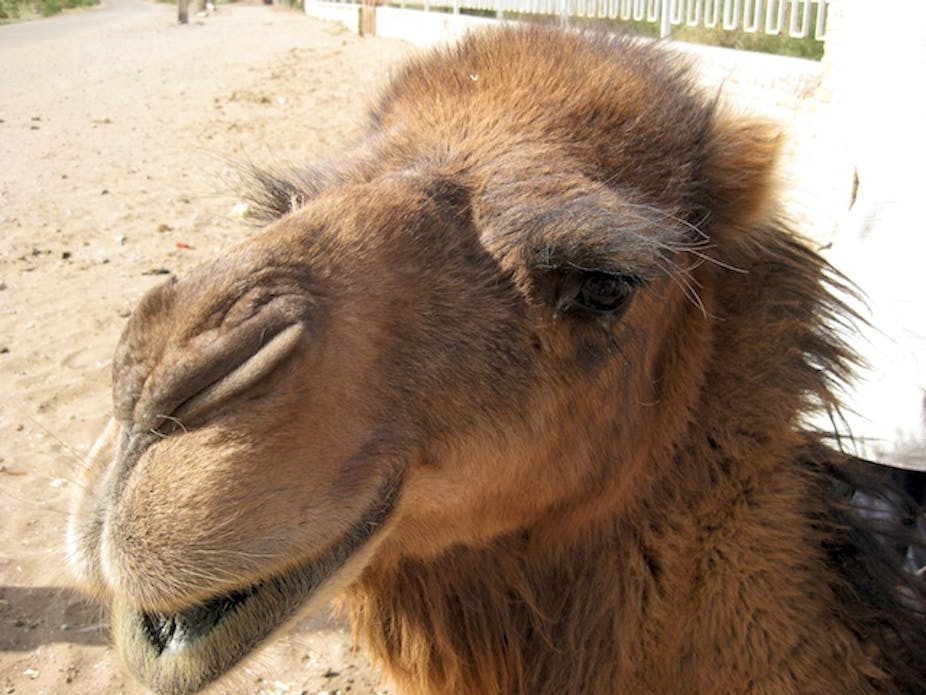Many animals, including humans, have a regular ovulation cycle, where an egg or eggs (depending on which type of animal) are released from the ovary regardless of whether mating has taken place or not.
The process is hormonally controlled by both the brain and the ovary in an elegant feedback system between brain hormones (from a small gland at the base of the brain called the pituitary gland) and ovarian hormones.
There are two important brain pituitary hormones that regulate when ovulation occurs. One of these hormones helps the ovary to mature the eggs. The second one helps the ovary to release the egg – the act of ovulation.
Both of these are protein hormones, whereas the ovary produces steroid (or chemical) hormones – oestrogen and progesterone – which regulate the production of the brain pituitary hormones. This interplay of brain hormones and ovary hormones can be disrupted, causing infertility. A good example of how this happens is the oral contraceptive pill, which contains steroid hormones and blocks the activity of the brain hormones so no ovulation can take place.
But some animals require further stimulus to ovulate – the action of mating. Members of the camel family, including llama and alpaca, as well as other animals, such as rabbits, all require mating to initiate ovulation. Up until now, theories about how mating caused ovulation in these animals included some physical stimulus or postulated that something in the semen triggered ovulation.
Researchers knew that, for camels, the trigger for ovulation was something in semen and in a recent research paper in the peer-reviewed journal PNAS found that another brain and nervous system hormone plays that crucial role. Known as nerve growth factor (NGF), this hormone is not just found in the brain. Curiously, the authors of the PNAS paper found it in the semen of llamas.
They then went looking in other animals and found NGF in all the species they tested, including humans. So what is a brain peptide doing in semen?
Semen is not just comprised of sperm produced in the testes. It is also made up of fluid made in what are described as the accessory sex organs, such as the prostate. Principally thought to provide nutrients and protection for sperm, it is now being recognised that semen has an active role in the female reproductive tract.
Semen helps in certain conditions in the female reproductive tract by helping accept the developing embryo. It does this by enlisting other protein hormones called cytokines, which calm the immune system. But this is the first discovery of a semen-derived protein having a role in female reproduction function.
And it now seems that NGF from semen can directly cause the brain hormone involved in ovulation to be released in llama pituitary cells that are cultured in the laboratory. This is important because it shows NGF has a direct effect on the brain cells, even though it is deposited in the reproductive tract.
Interestingly, llama NGF also caused the release of hormones from cattle pituitary cells in culture, but with not the same vigour even though cattle ovulate without mating.
These findings highlight many remaining unanswered questions: just how does NGF get from the reproductive tract to the brain at high enough concentrations? This may be difficult to find out – how can we tell the difference of either brain-derived NGF or seminal plasma NGF in the brain?
Does NGF work with other seminal plasma components to further augment the signalling system, or does it work alone? Are there other seminal plasma hormones in the llama that are not in humans and cows, which could explain why llamas have this ovulation system and other species don’t?
And why did evolution sort out animals which do or do not ovulate as a consequence of mating? Is there an advantage of one over another in certain environments?
This discovery has many potential benefits. It could, for instance, be a target for potential contraceptive development for feral species that are mating ovulators, such as camels and rabbits, both of which cause enormous ecological harm in the Australian environment.
But more interestingly, it could lead to new insights into the mechanisms of ovulation regulation in humans, which one day may enable women who don’t ovulate at all or sporadically, regain this critical process, and be able to bear children.

